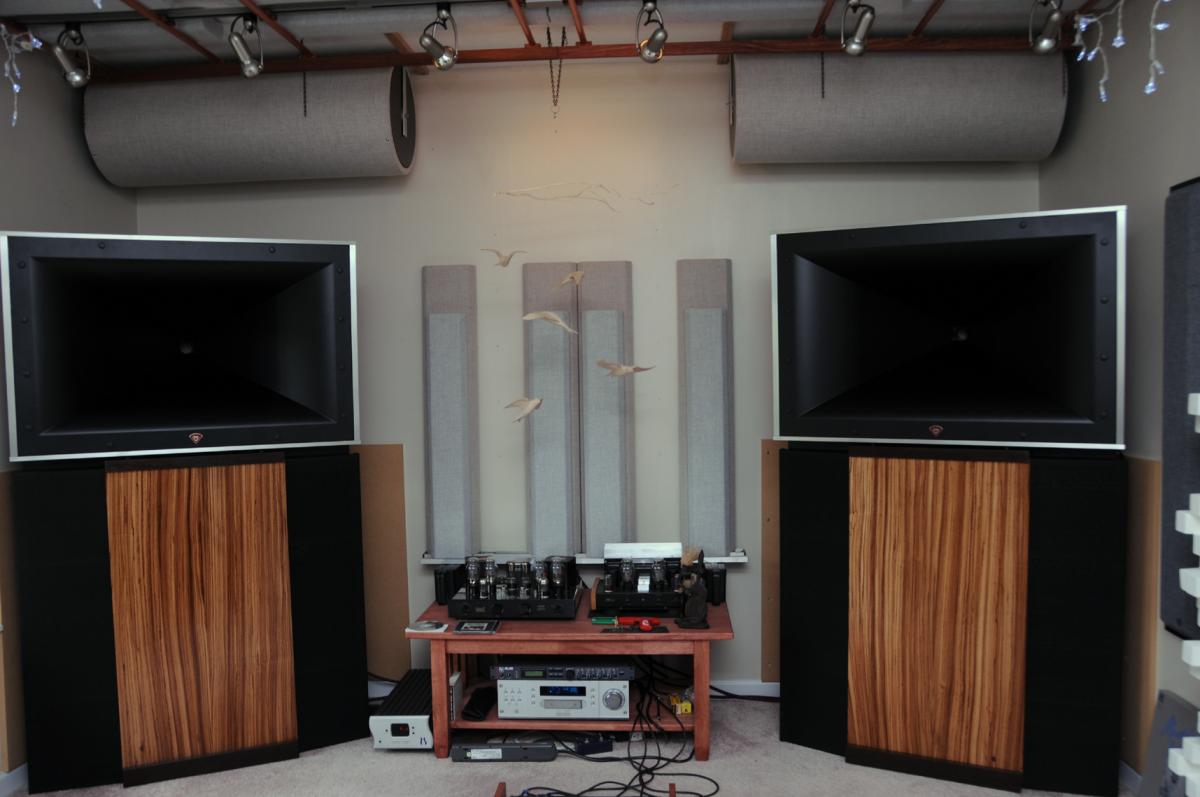I finished my room measurement with my newly acquiered minidsp 2x4 HD.
Crossover : Compression driver 650 hz - 12 db, Woofer 650 hz - 42 db Pioneer originally did : 12db - 36db. I got netter results with 42db.
There's no EQ, I still need to add some bass traps. I can live with the sub bass peak.
I know the 67 hz is a room mode but what about the ~290 hz and ~ 1200 hz dips? Can I do something to correct those dips? As per Excess Group Delay and phase seems like EQ won't help.
( Rename Final 19 nov.txt to Final 19 nov.mdat )
Crossover : Compression driver 650 hz - 12 db, Woofer 650 hz - 42 db Pioneer originally did : 12db - 36db. I got netter results with 42db.
There's no EQ, I still need to add some bass traps. I can live with the sub bass peak.
I know the 67 hz is a room mode but what about the ~290 hz and ~ 1200 hz dips? Can I do something to correct those dips? As per Excess Group Delay and phase seems like EQ won't help.
( Rename Final 19 nov.txt to Final 19 nov.mdat )

